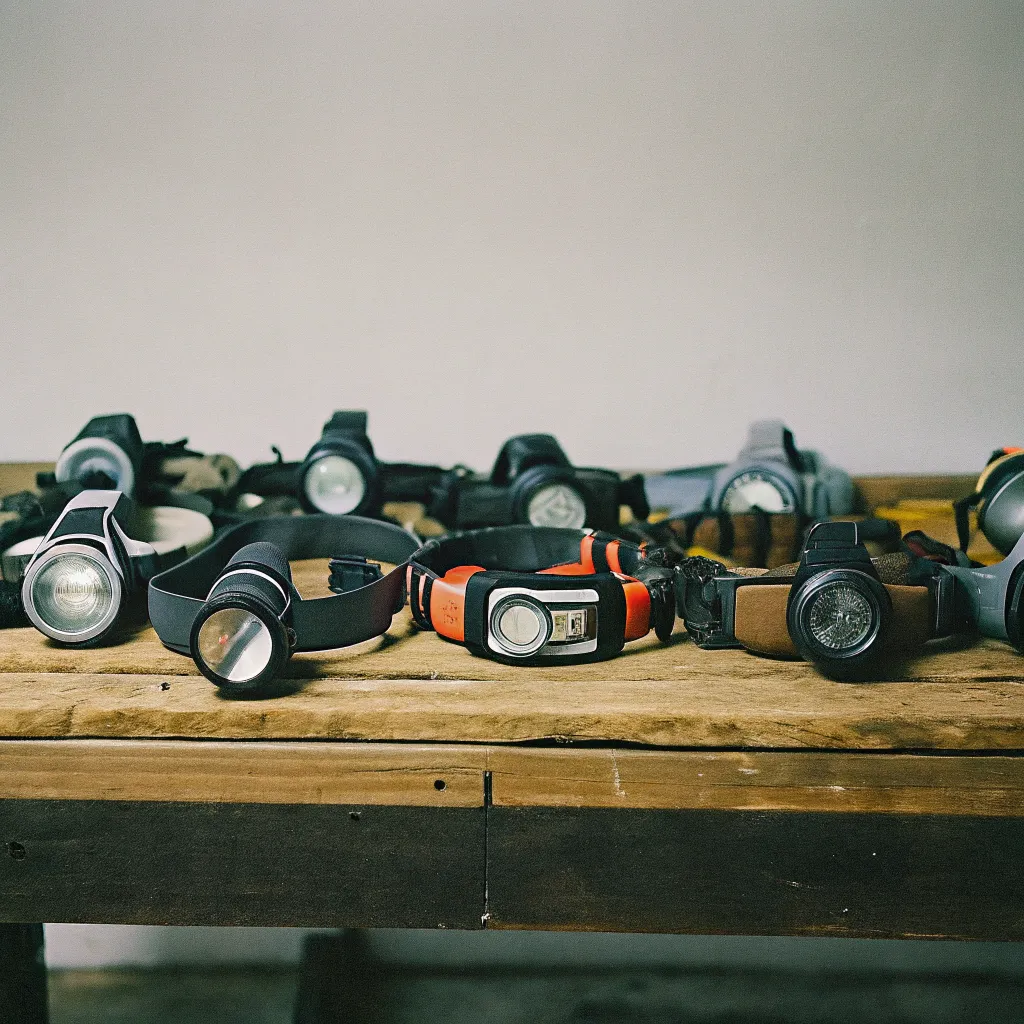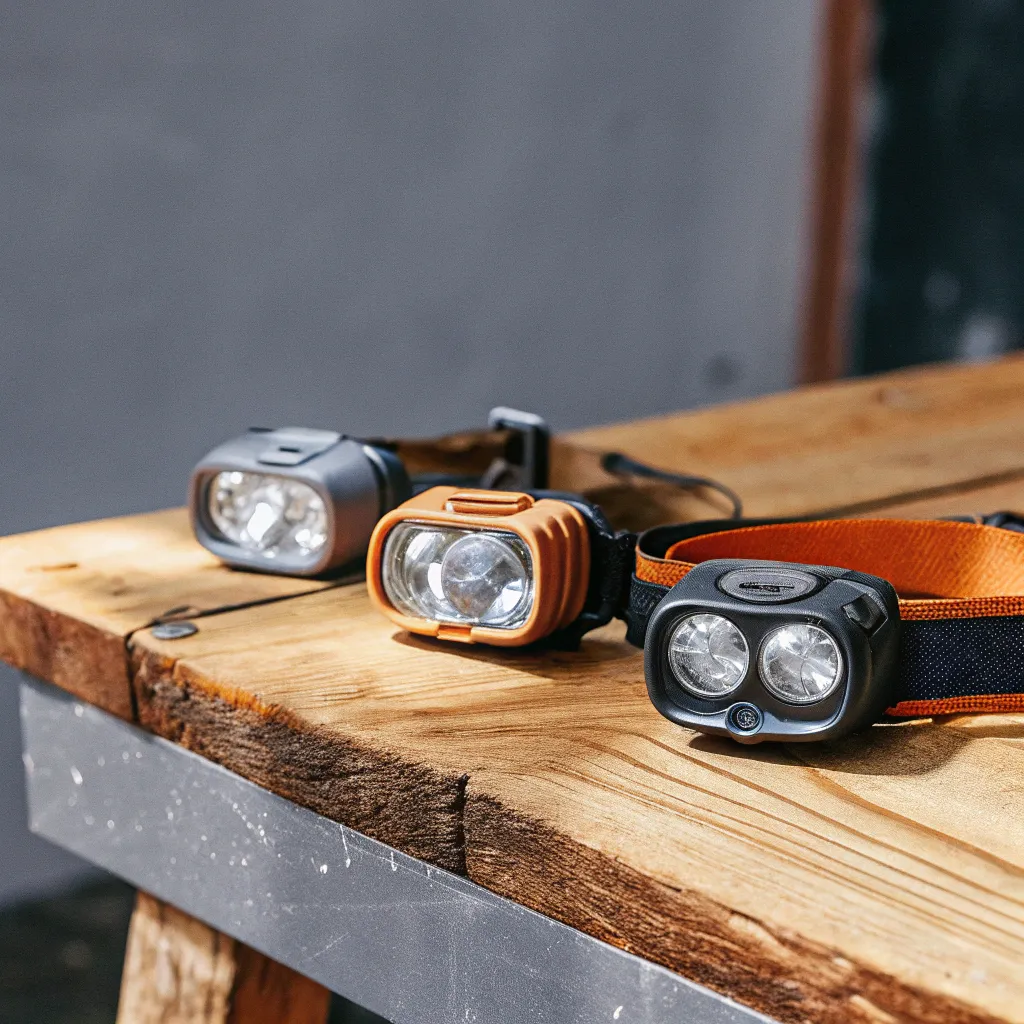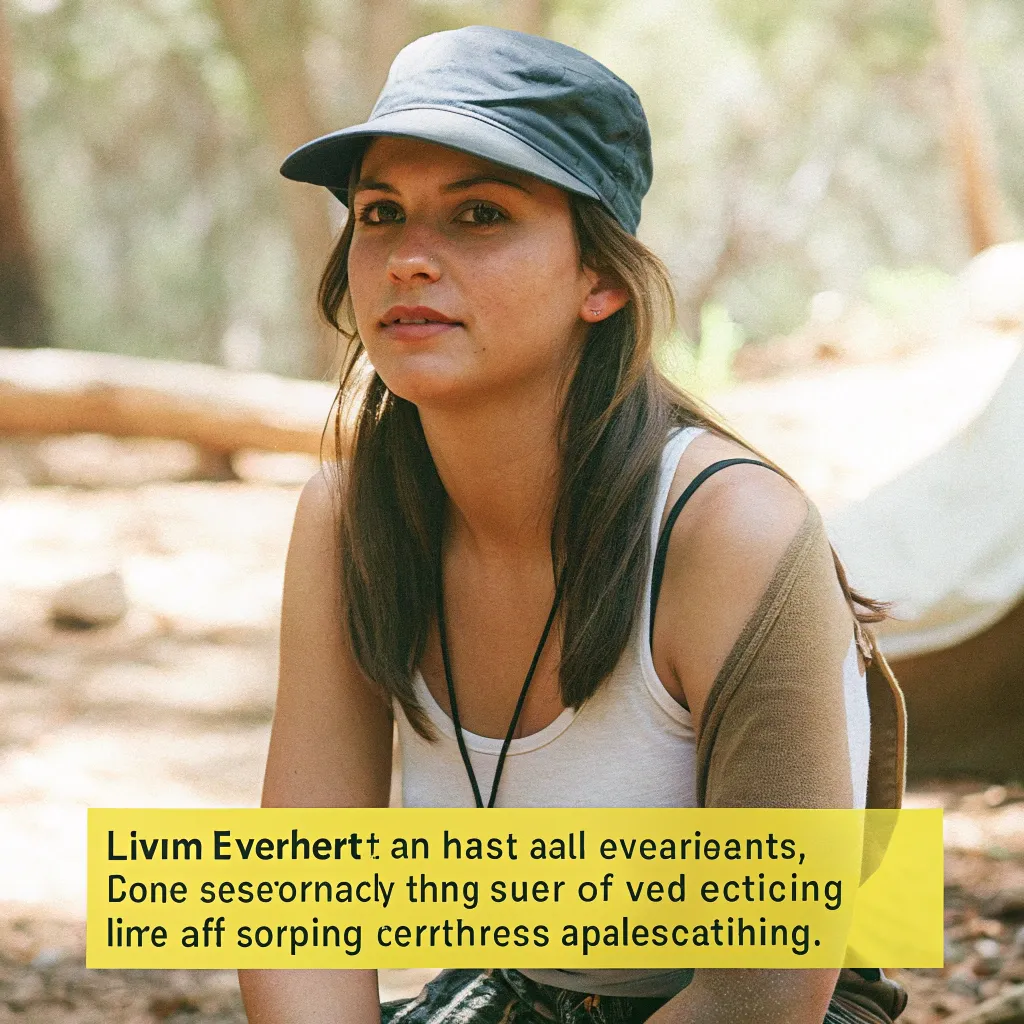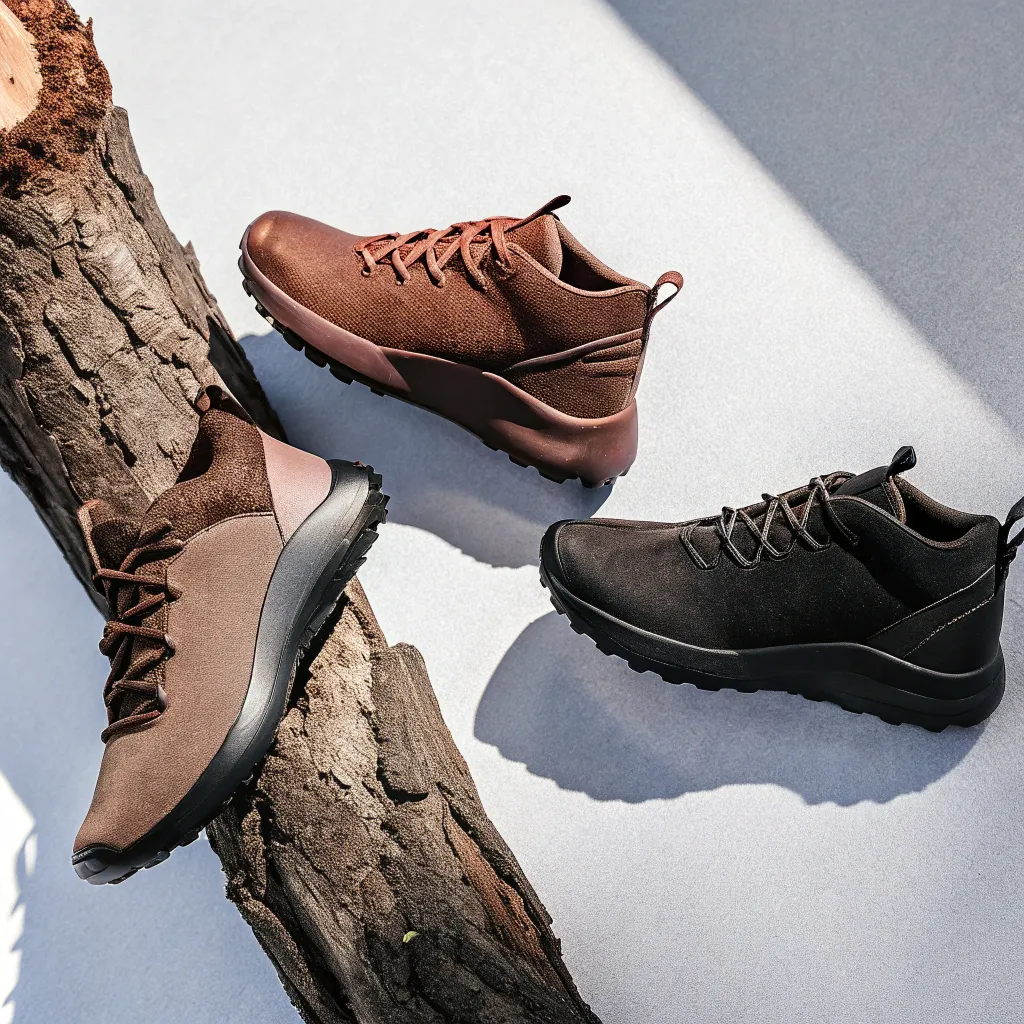Finding yourself on a trail as daylight fades can be both exhilarating and challenging. Whether you're planning a pre-dawn summit push or extending your hike into the evening hours, a reliable headlamp becomes your most essential piece of gear. I've spent countless nights testing various options, and I'm ready to share what truly works when darkness falls on the trail.
Why Quality Matters in Nighttime Hiking Headlamps
Last summer, I learned this lesson the hard way when my budget headlamp died halfway through a night hike in the Cascades. The moon was hidden behind clouds, and I had to navigate two miles of rocky terrain using my friend's backup light. Not fun.
Quality headlamps aren't just about brightness—they balance beam pattern, battery life, comfort, and durability. These factors become critically important when you're miles from civilization after sunset.
According to experienced hikers on Reddit's r/Ultralight community, investing in a premium headlamp is one of those rare gear decisions where spending more truly delivers meaningful benefits. As one user noted, "Every so often you might hear of someone having an issue with their Zebralight, but it's rare. They're that good."

Top Headlamp Contenders for Night Hiking
After testing dozens of models across various nighttime conditions, these headlamps consistently outperform the competition:
Black Diamond Spot 400
The Black Diamond Spot 400 has earned its reputation as the go-to headlamp for versatility. Both Wirecutter and REI rate it as their top overall pick, and after using it for over 30 nights on trail, I understand why.
What sets it apart:
- 400 lumens of brightness that actually delivers on its promise
- Intuitive controls that work even with gloves
- IPX8 waterproofing (I've used it in pouring rain without issues)
- Multiple lighting modes including red light for preserving night vision
- Excellent battery efficiency (I've gotten 4+ hours on high beam)
The Spot weighs just 2.9 ounces, making it a practical option even for ultralight hikers. While not the brightest option available, its beam pattern provides excellent visibility for trail finding without washing out your peripheral vision.

Zebralight H600w Mk IV
For serious night hikers willing to invest in premium quality, the Zebralight H600w deserves special attention. This headlamp has developed something of a cult following among experienced backpackers.
Key strengths:
- Exceptional build quality with aircraft-grade aluminum
- Sophisticated electronics that maximize battery efficiency
- Natural color rendering that helps with depth perception on technical terrain
- Programmable brightness levels for customized use
- Remarkably compact size despite its power
The main drawback? At around $89, it's significantly pricier than most competitors. However, as one Reddit user noted, "Zebralight is on another level" in terms of reliability and performance.
Nitecore NU25
If you're watching your budget but still need reliable performance, the Nitecore NU25 offers impressive value. This ultralight option (just 1.85 ounces with the standard headband) has become increasingly popular among thru-hikers.
Standout features:
- Three separate LEDs (white, red, and high CRI) for different situations
- USB-C rechargeable
- Surprisingly bright 360 lumens maximum output
- Affordable price point around $37
I've found the NU25 particularly useful for shorter night hikes and as a backup option. The battery life isn't quite comparable to premium models, but for occasional use, it's hard to beat the value.
Understanding Headlamp Specifications
When shopping for headlamps, you'll encounter various technical specs that can be confusing. Here's what actually matters:
Lumens vs. Beam Pattern
While manufacturers love to promote maximum lumen output, this number can be misleading. The Petzl Actik Core, for instance, offers 450 lumens but provides better trail visibility than some 600+ lumen competitors thanks to its superior beam pattern.
More important than raw brightness is how the light is distributed. For hiking, you generally want:
- A focused center spot for seeing distant trail features
- Wider peripheral lighting for immediate foot placement
- Optional flood mode for camp tasks
Battery Options: Rechargeable vs. Disposable
The debate between rechargeable and disposable batteries continues, but for most hikers, the convenience of USB charging has become the preferred option. The Petzl Actik Core and Black Diamond Spot offer hybrid power systems that accept both rechargeable and standard batteries—ideal for longer trips where recharging isn't possible.
On shorter adventures, fully integrated rechargeable headlamps like the BioLite 330 offer excellent performance with less waste. I've found that keeping a power bank in my pack (which I carry anyway for my phone) makes range anxiety with rechargeables a non-issue.
How Do You Choose the Right Headlamp for Night Hiking?
Selecting the perfect headlamp depends largely on your specific hiking style and needs:
For Technical Night Hiking
If you regularly tackle challenging terrain after dark, prioritize:
- Higher brightness (350+ lumens)
- Longer battery life at medium settings
- Comfortable, secure fit for active movement
- Durable construction with good water resistance
The Black Diamond Spot 400 or Zebralight H600w would be ideal choices here.
For Occasional Night Use
If your headlamp mostly stays in your pack as emergency gear or for camp chores:
- Lighter weight
- Simpler interface
- Longer shelf life when not in use
- More affordable price point
The Nitecore NU25 or Petzl Bindi would serve these needs well.
For Winter and Cold Weather Adventures
Cold temperatures dramatically reduce battery performance. If you hike in winter conditions, consider:
- Headlamps with separate battery packs you can keep warm inside clothing
- Models that accept lithium batteries, which perform better in cold
- Simpler interfaces that work with gloves
The Petzl Actik Core with its removable battery pack works particularly well here.
What About Budget Options?
While premium headlamps offer noticeable benefits, several budget-friendly options still perform admirably. The Energizer Vision HD with its $20 price tag provides surprisingly good performance for occasional use, though I wouldn't rely on it for regular night hiking.
According to Treeline Review's extensive testing, even some budget models now offer impressive water resistance and durability. However, they typically sacrifice battery life and beam quality rather than waterproofing in their lower-priced options.
Common Questions About Hiking Headlamps
How Many Lumens Do I Really Need for Night Hiking?
For most trail hiking, 250-350 lumens provides sufficient visibility. However, technical terrain or faster movement (like trail running) benefits from 350+ lumens. Remember that higher brightness drains batteries faster, so the ability to adjust output is crucial.
In my experience, having 400+ lumens available for occasional use (like spotting trail markers in the distance) while hiking primarily at 200-300 lumens offers the best balance of visibility and battery conservation.
Final Thoughts on Choosing Your Night Hiking Companion
After testing dozens of headlamps across hundreds of night hiking miles, I've found that the best headlamp is ultimately the one that disappears from your awareness while using it. It should provide reliable illumination without requiring constant adjustment or battery anxiety.
For most hikers, the Black Diamond Spot 400 hits the sweet spot of performance, reliability, and value. Those seeking the absolute best regardless of price will appreciate the Zebralight H600w, while budget-conscious adventurers can rely on the Nitecore NU25 for occasional night hiking needs.
Whatever you choose, remember that a quality headlamp isn't just a convenience—it's a critical safety tool that can transform a potentially dangerous situation into just another beautiful night on the trail. The stars above look much better when you're confidently finding your way below.






